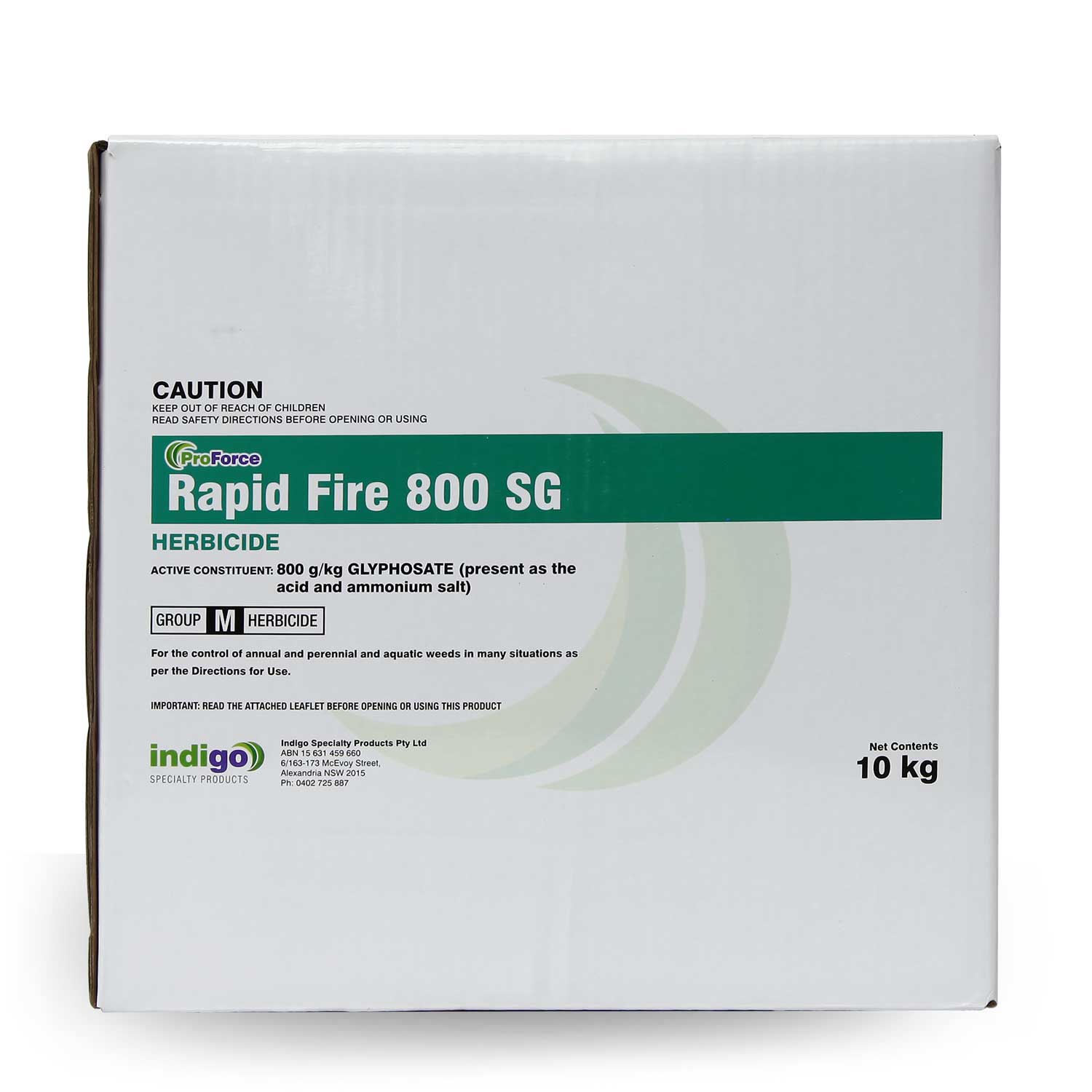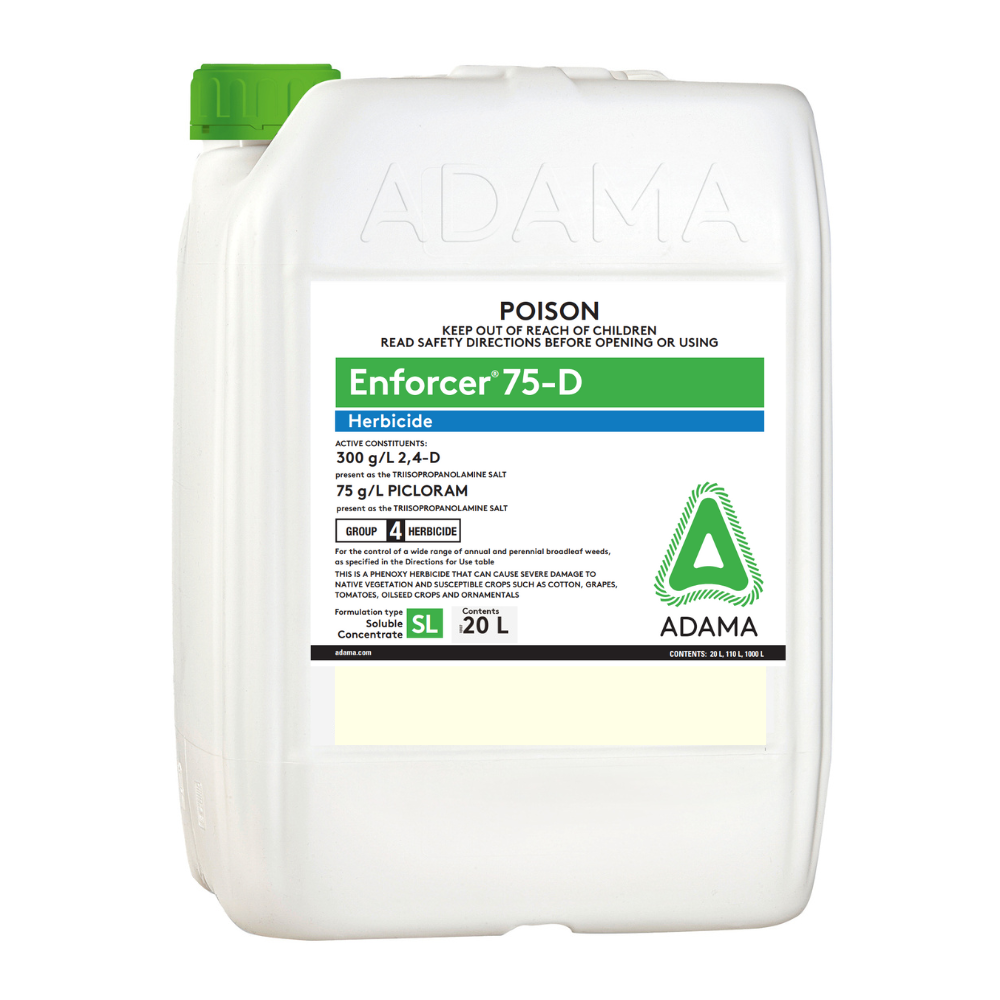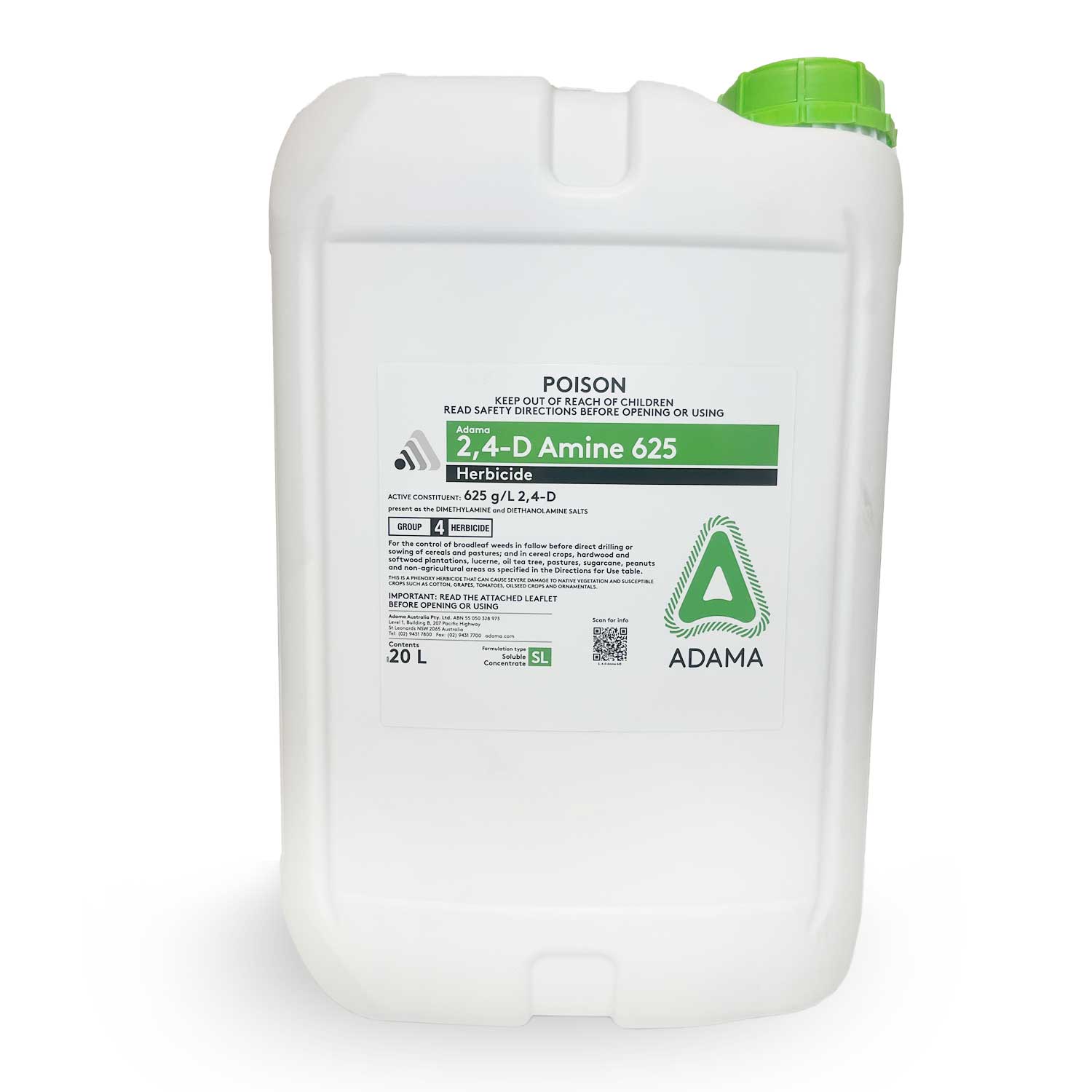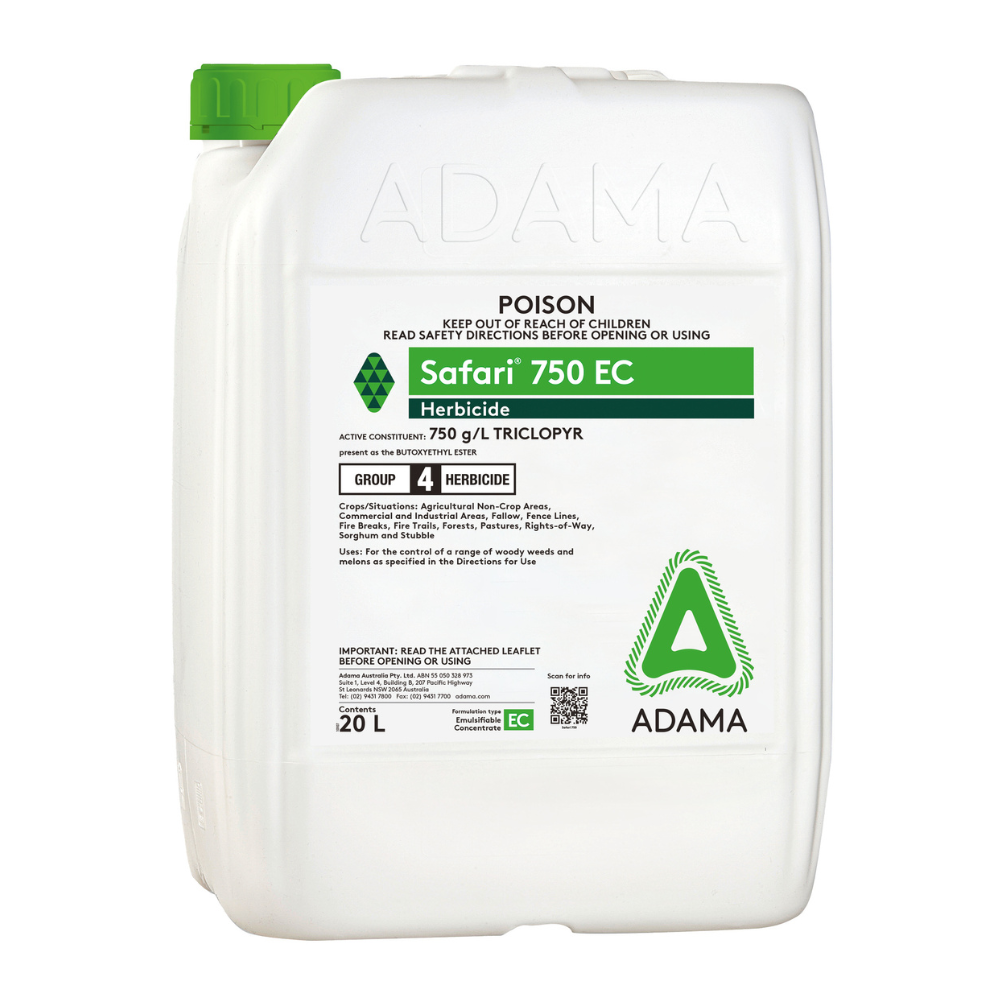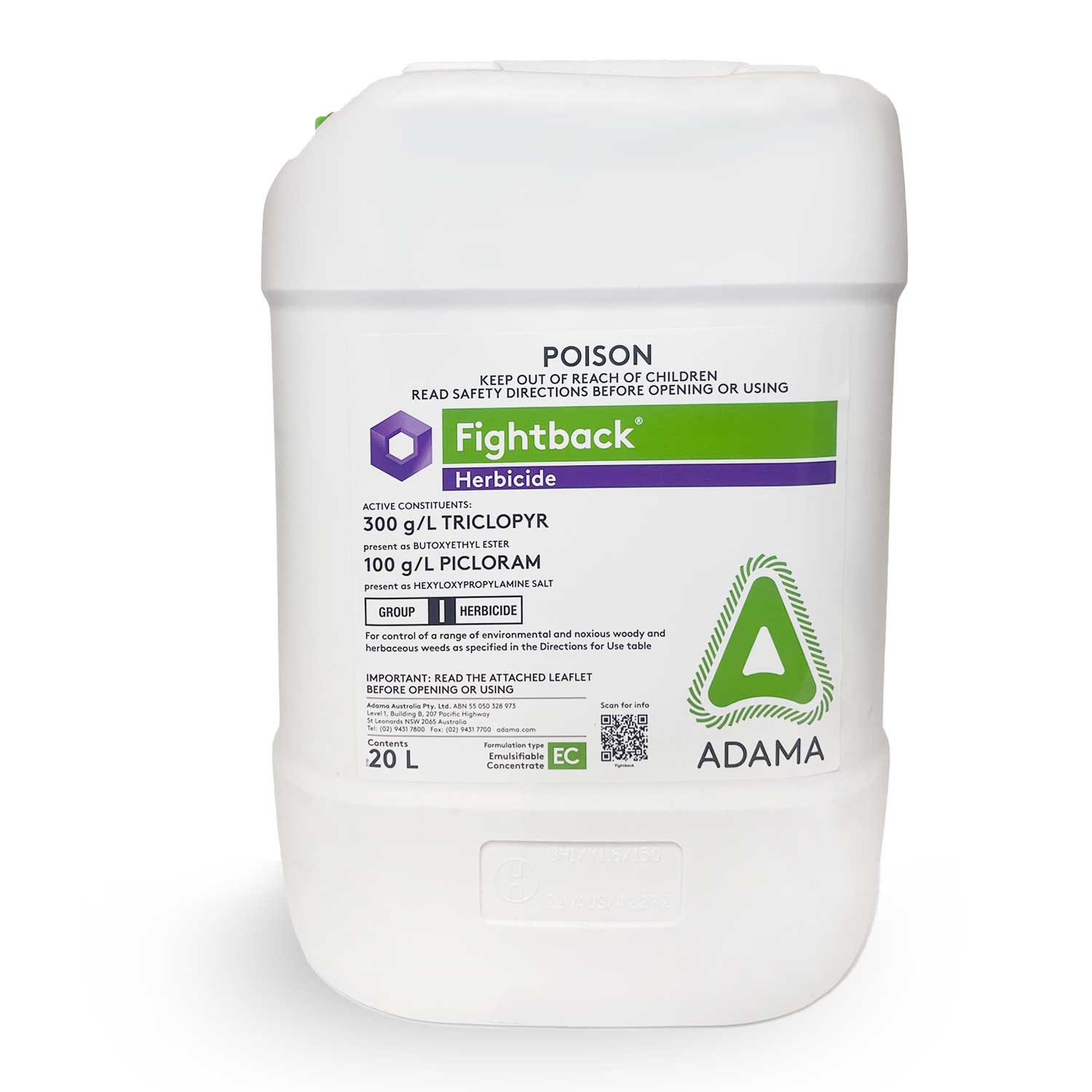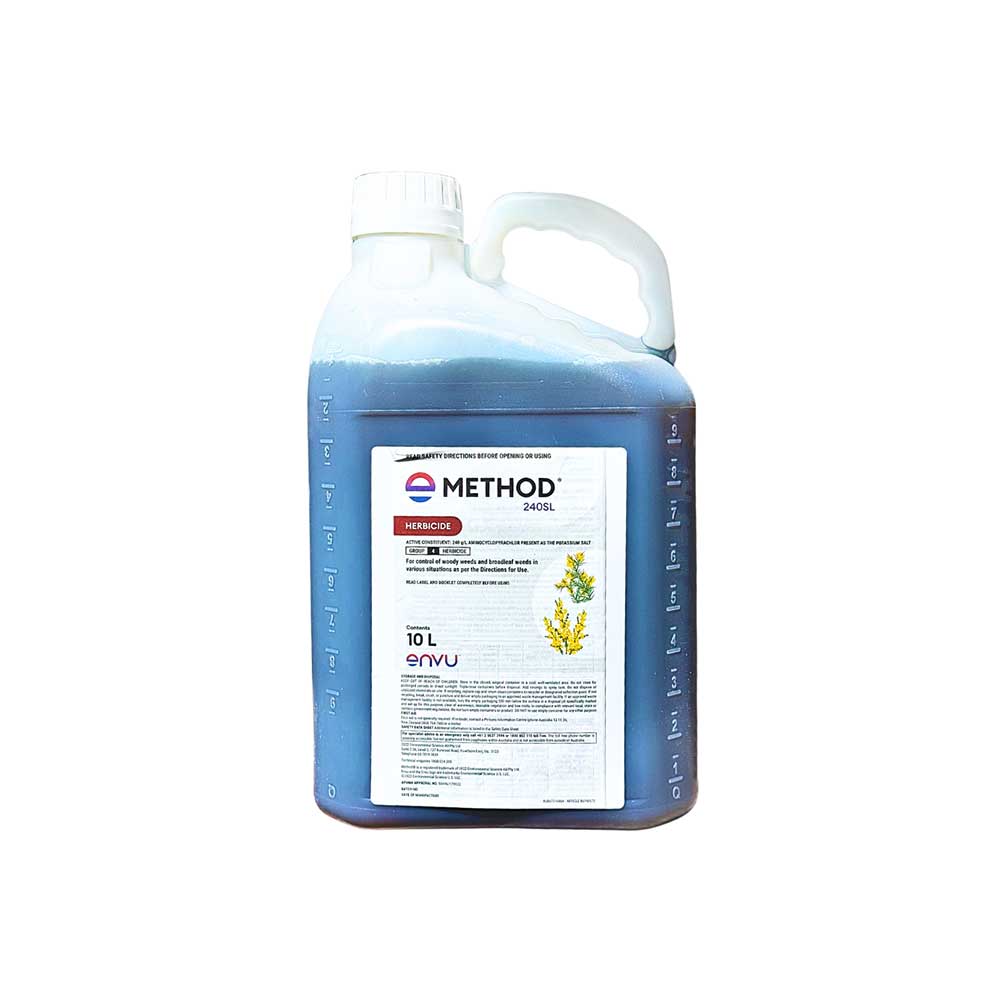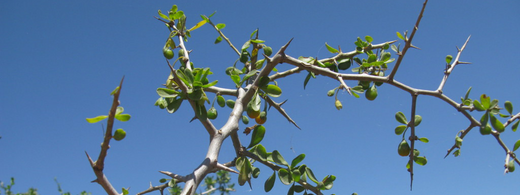
Common Name
African Boxthorn, Boxthorn, Cape Boxthorn
Scientific Name
Lycium ferocissimum
Family
Solanaceae
Lifecycle
Perennial
Seasons of Growth
Year-round
Key Distinguishing Feature
Thorny shrub with slender leaves and orange-red berries
Due to its invasive nature and negative impacts on ecosystems, African Boxthorn is considered a significant weed that requires active management to limit its spread and impact.
-
Growth Form: African Boxthorn is a thorny, woody shrub that can grow up to 4 meters in height.
-
Leaves: The leaves are small, narrow, and often rolled along the edges. They are typically green to greyish-green.
-
Thorns: One of the most distinctive features of African Boxthorn is its thorny branches. It produces paired spines at the base of leaves.
-
Flowers: It produces small, tubular, five-petaled flowers that are usually pale lavender to purple in colour.
-
Fruit: The plant produces small, fleshy, and orange-red berries. These berries are a key feature in its spread, as birds eat them and spread the seeds.
-
Habitat: African Boxthorn can be found in a variety of habitats, including coastal areas, disturbed sites, and agricultural land.
Ecological Impact:
-
African Boxthorn is considered a highly invasive species in many regions, including Australia. It can outcompete native vegetation and disrupt local ecosystems.
-
The thorny branches of African Boxthorn can create impenetrable thickets, making it difficult for animals and people to move through infested areas.
-
It is a host for several plant diseases and pests, further impacting agricultural and natural ecosystems.
Control Methods:
-
Control of African Boxthorn often involves mechanical methods, such as cutting and removal of the plant.
-
Chemical herbicides can also be used for control, but caution is required to minimize damage to non-target species.
-
Biological control methods, including the introduction of insects that feed on African Boxthorn, have been explored as a long-term control strategy.
Key Products for Control:
-
Indigo Rapid Fire 800 - Glyphosate (present as the acid and ammonium salt)
-
Indigo Rapid Fire 510 - Glyphosate (present as the isopropylamine salt)
-
Envu Method - Aminocyclopyrachlor (present as the potassium salt)
Related products


